Hygiene Measures and Disinfection Methods for Floods
If a house is flooded by a disaster such as a typhoon, bacteria and mold can easily grow, which may lead to food poisoning and infectious diseases. Therefore, it is important to take the following hygiene measures.
Hygiene measures for flood damage
Cleaning and drying are of utmost importance.
When the water is drained, clean up clutter and sludge, rinse the flooded area with water or wipe it with a damp cloth, and then dry it well. Then use disinfectants as needed.
In case of flooding around the house or under the floor
- Scrape out water and sludge around the house and under the floor, and clean up clutter.
- Under the floor, use newspaper or rags to absorb water to improve ventilation and allow it to dry sufficiently. (It is also good to ventilate and dry with a fan, etc.)
- Where it can be washed away with water, thoroughly wash away dirt and mud.
In principle, disinfection is not required outdoors (under the floor, garden, etc.).
If you use disinfectants, handle them with care.
Be careful when handling slaked lime!
Under the guidance of the Ministry of Health, Labour and Welfare, slaked lime is not currently distributed or sprayed as a protective measure for under floors and gardens of flooded houses.
It should be used with caution as it may irritate skin and eyes.
Slaked lime becomes strongly alkaline when dissolved in water, so when it comes in contact with skin and eyes, it becomes inflamed. When using slaked lime, be careful not to get it on your eyes or skin, and do not get it in your mouth.
In the case of flooding above floor level
After cleaning and drying, disinfect.
- After the water has drained, clean up the wet tatami mats and clutter in the house.
- Rinse dirty furniture, floors and walls thoroughly with tap water or a damp cloth, and let them dry.
- Wash tableware and cooking utensils with water to wash away dirt, and disinfect with disinfectant or boiling water.
- Refrigerators and cupboards should be wiped clean and then disinfected with a disinfectant solution.
Disinfection Methods
Overuse of disinfectants can affect human health and the environment. Use it to a minimum. When using, follow the instruction manual and be careful not to cause an accident.

- When handling the disinfectant, use rubber gloves and be careful not to get it on your skin or eyes. If it gets on your skin, wash it off with water and soap. If it gets in your eyes, wash it off with water for at least 15 minutes and see a doctor.
- Do not transfer disinfectants to PET bottles. Be sure to use it up as it may lead to an accident where you accidentally drink it. Also, do not mix with other disinfectants or detergents.
- Rinse the bucket or watering can that contains the disinfectant thoroughly with water.
- この記事に関するお問い合わせ先
- このページに関するアンケート
-
より良いウェブサイトにするために、このページのご感想をお聞かせください。






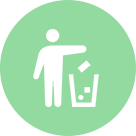
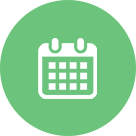

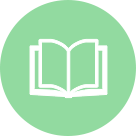
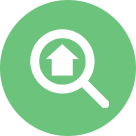
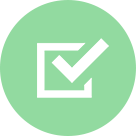
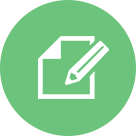


更新日:2020年12月07日